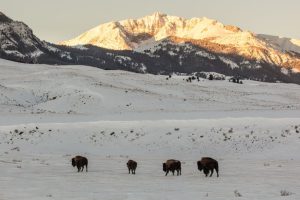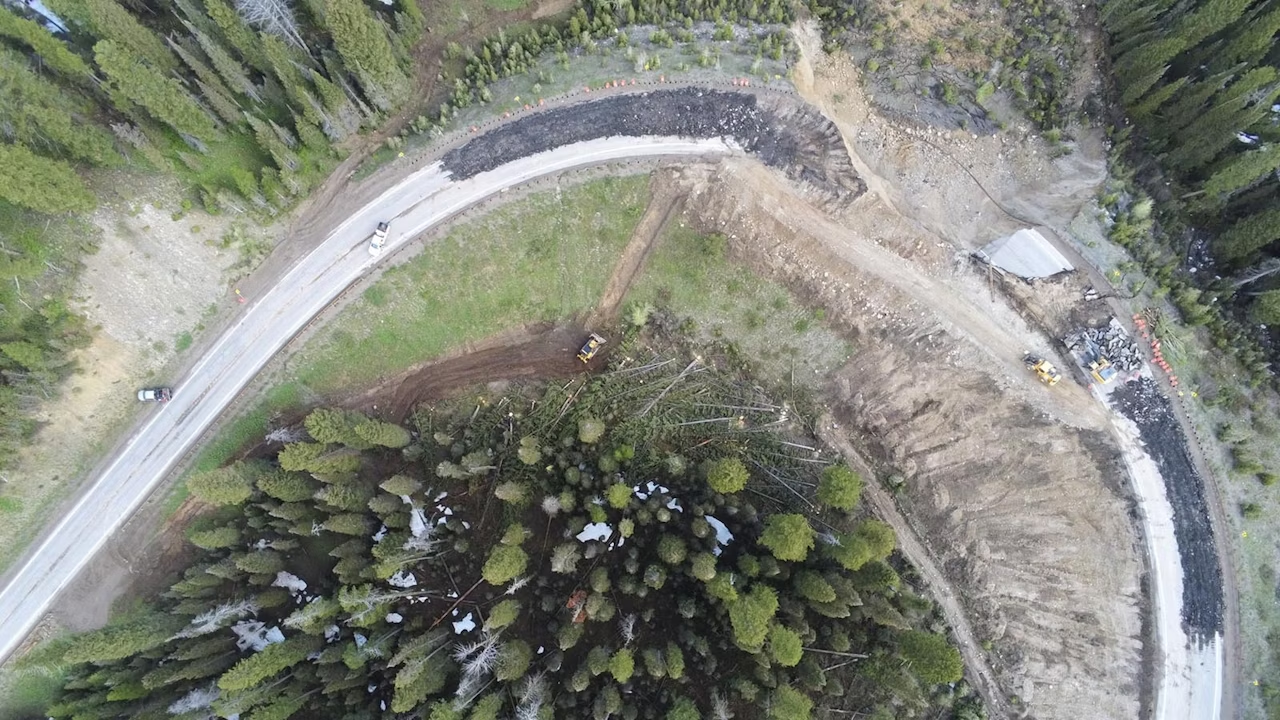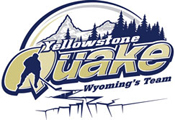Yellowstone To Revaluate Bison Management & Population Size
Written by Andrew-Rossi on February 1, 2022
During its 150th year, Yellowstone National Park is revaluating its management of bison herds to reflect the latest science and reduce future slaughter.
The National Park Service (N.P.S.) announced a Notice of Intent to prepare an Environmental Impact Statement (E.I.S.) for a Bison Management Plan at Yellowstone National Park. The N.P.S. introduces a broad range of actions for managing bison inside the park with this announcement.
This plan allows the N.P.S. to evaluate bison management based on new scientific information and changed circumstances, explore ways to reduce bison being sent to slaughter, and work closely with Tribal Nations and agency partners in management.
The E.I.S. will also consider the bison management actions likely to occur on lands outside the park in Montana. However, the N.P.S. acknowledges that it does not have jurisdiction or control over activities such as hunting or tolerance for bison beyond the park’s boundaries.
The purpose of the E.I.S. is to preserve an ecologically sustainable population of wild, wide-ranging Yellowstone bison while continuing to work with other agencies to address a myriad of bison-related issues.
Some of the issues related to bison management include brucellosis transmission, human safety, property damage, and supporting tribal hunting outside the park.
According to the N.P.S., the Yellowstone bison population fluctuates from 2,300 to 5,500 animals in two subpopulations. The preliminary E.I.S. alternatives would manage bison with varying population ranges and management activities.
Alternative 1 (No Action, Continue Current Management)
- The N.P.S. would continue management of bison according to the Interagency Bison Management Plan (IBMP), maintain a population range of bison similar to the last two decades (3,500 to 5,000 bison after calving), continue hunt-trap coordination to balance population regulation in the park by using culling at Stephens Creek and hunting opportunities outside the park, increase the number of brucellosis-free bison relocated to tribal lands via the Bison Conservation Transfer Program (BCTP), and work with the State of Montana to manage the already low risk of brucellosis spreading from bison to cattle.
Alternative 2 (Enhance Restoration and Tribal Engagement)
- Yellowstone bison would be managed within a population range of about 4,500 to 6,000 animals after calving, emphasizing using the BCTP and tribal hunting outside the park to regulate numbers. The N.P.S. may use proactive measures such as low-stress bison hazing toward the park boundary to increase tribal hunting opportunities outside the park. The N.P.S. would reduce shipment to slaughter based on the needs and requests of Tribal Nations.
Alternative 3 (Food-limited Carrying Capacity)
- The N.P.S. would rely on natural selection, bison dispersal, and public and tribal harvests in Montana as the primary tools to regulate numbers, which would likely range from 5,500 to 8,000 or more animals after calving. Trapping for shipments to slaughter would immediately cease. However, the N.P.S. would continue captures to maintain the BCTP as in Alternatives 1 and 2.
A 30-day public comment period began on Friday, Jan. 28, with the deadline to submit comments being Monday, Feb. 28.
Interested individuals, organizations, and agencies are encouraged to provide written comments regarding alternatives, information, and analyses in the Draft E.I.S.
The preferred method for submitting comments during the comment period is online. However, comments may also be mailed or hand-delivered to Superintendent, Attn: Bison Management Plan, P.O. Box 168, Yellowstone National Park, WY 82190.
In addition, Yellowstone National Park will host two virtual public meetings during the public comment period. Attend these meetings to learn more about the plan and planning process and ask N.P.S. staff questions. Public meeting details include





